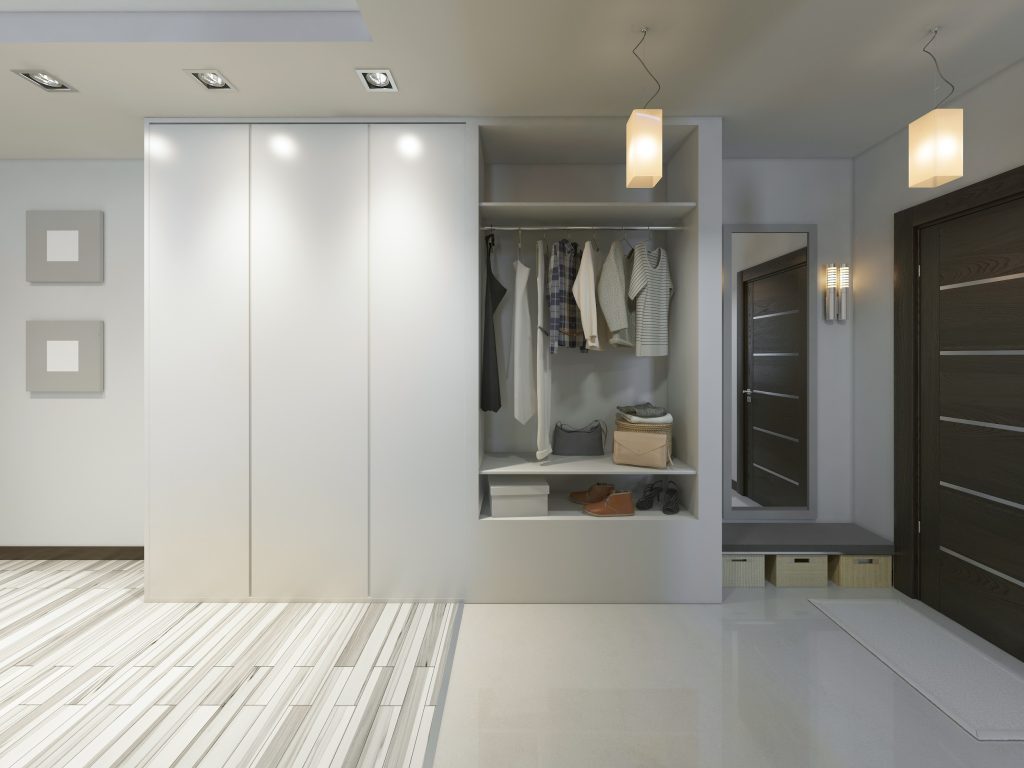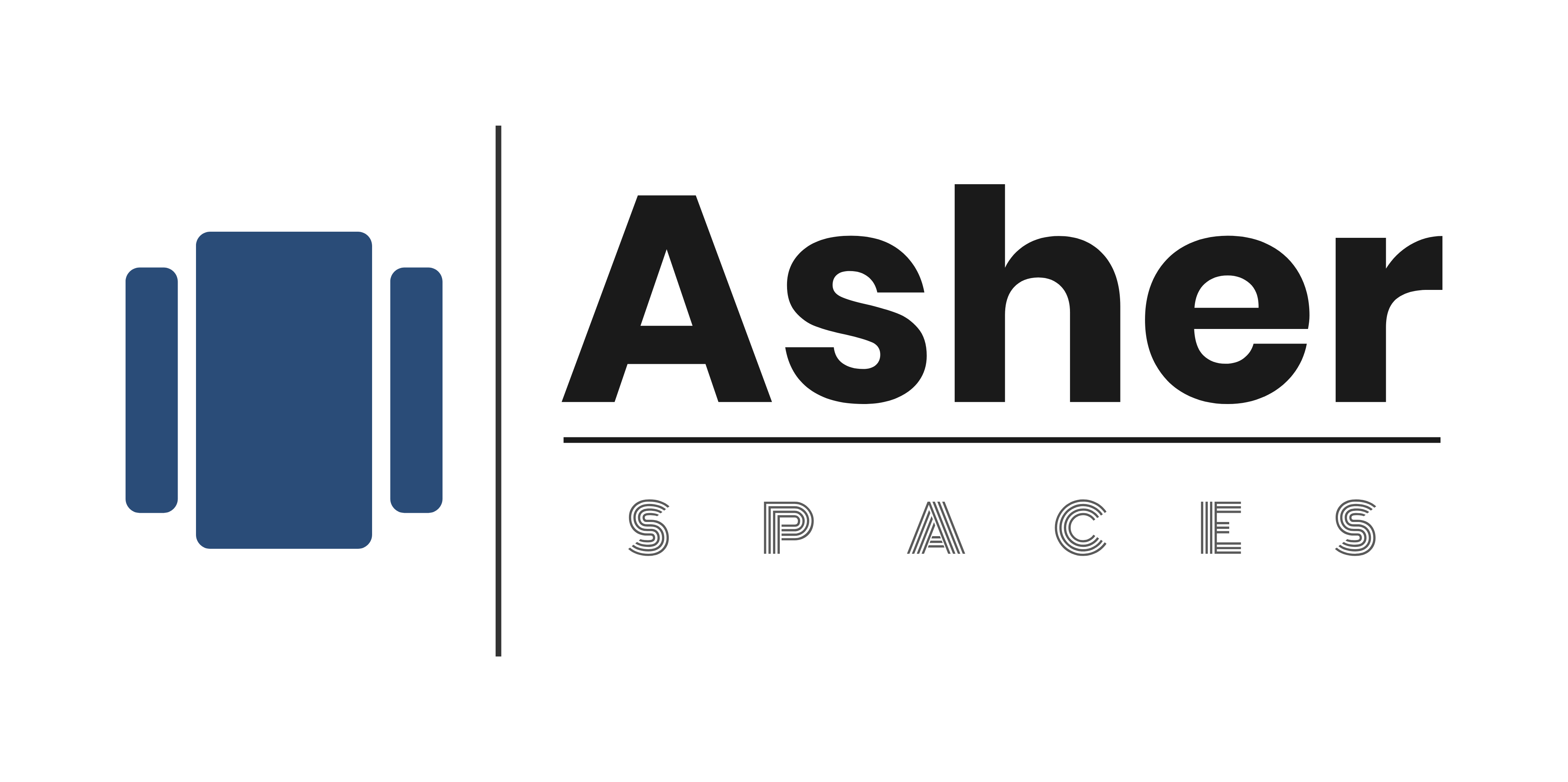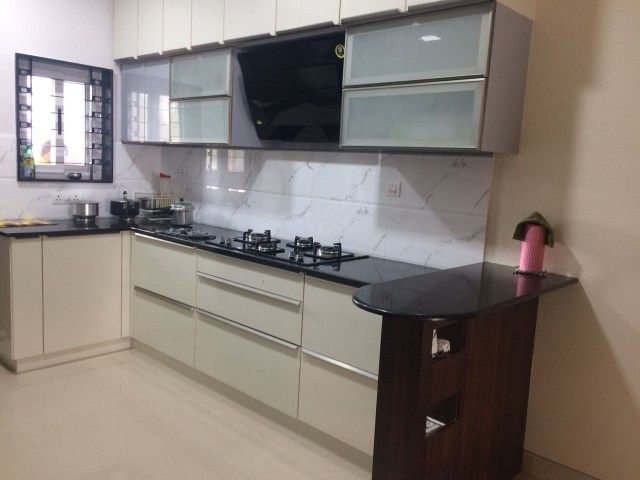Veneer Wardrobe
Veneers are a great option for those who like the natural warmth and feel of solid wood. Over the past few decades, with an escalation in solid wood prices and government sanctions on deforestation, veneer sheets have taken center stage as an alternative to solid wood. The solid wood’s elegance, grace, and beauty are retained while keeping a check on the environment and costing. Veneers are manufactured in a very interesting manner; ultra-thin slices of natural wood with beautiful grains and colors are press pasted on the top of an engineered wood base. Since veneer sheets are made of natural wood, you will notice that no two veneer sheets will look alike. Veneers can easily be prepared and polished, just like any other solid wood. Veneer wardrobe structure is made of plywood, MDF, HDF, HDHMR, Blockboards, etc., and are finished on the outer side using veneer sheets of different types and colors. These veneers are given the final touch by using various types of polishing options. Although opting for veneer and polish is an expensive affair, the luxurious look and feel of the wardrobe with an elegant veneer and a smooth polish creates a fabulous value for the money spent.
Thickness – Veneers are generally 4mm thick.
Colors– Veneers have an endless range of colors and patterns; they are generally classified and named using the origin of their tree species Ex. Oak, Teak, Walnut.

Advantages
- Good quality and well-maintained veneers are very durable.
- They can be repolished to give a fresh and new look after years of use.
- The fit and finish of a polished veneer surface are very smooth and classy.
- A variety of colors and polished finishes can be obtained in Veneer furniture.
- Veneers have a very natural look and feel.
- Compared to solid wood, veneers are environmentally sustainable products, especially those with afforestation certification.
- Polished veneer surfaces can range from high matt to high sheen.
Disadvantages
- Veneers are not waterproof unless you add a clear water-resistant resin polish coating.
- Veneers can easily scratch.
- They are expensive compared to other synthetic alternatives.
PVC Wardrobe
Colors– Endless range of colors and patterns

Pros
- Variety of colors, designs, and patterns.
- Economical.
- Water-resistant.
Cons
- Feels plastic and artificial.
- Prints and designs are not very sharp in clarity.
- Low heat resistance
- Prone to scratches
- So, this is our take on some of the most popular wardrobe finishing options. One can choose any of these depending on what suits them best.
- Do let us know about your preferred choice!
Please get in touch with us for all your residential and commercial interior designing needs.
Duco or PU (Polyurethane Paint) Wardrobe
Duco and PU paints were traditionally used as automotive paints and have recently gained popularity in home interiors; these paints can be used on metal, MDF, HDF, HDF, HDHMR, WPC, etc. Duco or PU paint wardrobe structure is made of plywood, MDF, HDF, HDHMR, Blockboards, particle boards, etc., and are finished on the outer side using Duco paint on the entire wardrobe. Duco finish works best on MDF, HDF, HDF, HDHMR, or WPC; hence for blockboards and plywoods, a layer of thin MDF sheet is fixed on their surface before the paint is applied. The fit and finish of these paints on wardrobes make them look stunning.
Colors– Endless color range with an option to customize designs.

Pros
- Reasonable durability.
- High quality smooth, reflective, or matt finish can be achieved.
- Acts as a water barrier.
- Paint has a self-leveling property.
- Innumerable color options.
Cons
- Damage repair is a difficult process.
- Sun exposure can dull the color.
Lacquered Glass Wardrobe
If you love the immaculate reflectiveness and depth of glass finishes but wouldn’t like anyone to see how you have organized the wardrobe inside, the best option, therefore, is to get a lacquered glass shutter wardrobe. Lacquered glass wardrobe structure is made of plywood, MDF, HDF, HDHMR, blockboards or particle boards, etc., and are finished on the outer side using laminate, veneer, Duco paint, or acrylic, and only the wardrobe shutters are clad with lacquered glass. With the airiness of glass and privacy of opaque glass, this option will let you enjoy the best of both worlds and allow you to enjoy stunning looks of the wardrobe.
Thickness-Generally, lacquered glass on the wardrobe can be between 4mm and 6mm in thickness
Colors–Endless color range with an option to customize designs.
Edge finishing– Bevel, Ogee, Miter, Double bevel, Dual bevel, Bevel ogee, Flat, Pencil.

Pros
- Stunning aesthetics.
- Adds volume to the room by making it appear larger.
Cons
- High maintenance.
- Expensive
- Heavy shutters require a heavy mechanism.
- Glasses are breakable.
- The installation needs high-quality workmanship.
Acrylic Wardrobe
For those who like to keep things subtle, sober, and luxurious, this option may entice them the most. Acrylic wardrobe structure is made of plywood, MDF, HDF, HDHMR, blockboards, particle boards, etc., and are finished on the outer side using laminates, Duco, veneer, or acrylic and the wardrobe shutters are clad with acrylic sheets of different types and thicknesses. Acrylic wardrobes give a uniform reflectiveness and depth to the wardrobe, adding an extra sense of volume to the room. Generally, a good quality 1.3mm+ acrylic sheet can have undisturbed reflection just like the lacquered glass, and hence these can be used as a lighter and cheaper alternative to lacquered glass. Various colors are available and tend to be available in thickness ranging from 0.8mm to 2mm.
Thickness– Acrylic sheets thickness can vary from 0.8 to 2 mm
Colors–Endless range of colors, patterns, and textures

Pros
- Affordable alternative to lacquered glass.
- Durable.
Cons
- Color fade may occur over some time.
- Generally expensive compared to laminates.
Laminate Wardrobes
Another popular choice amongst homeowners is the laminated wardrobe. Laminated wardrobe structure is made of plywood, MDF, HDF, HDHMR, blockboards, particle boards, etc., and is finished on the outer side using laminates of different types and thicknesses. Laminates are essentially man-made materials and are available in an array of patterns, colors, and finishes that will suit most home décor themes. Although laminates lack the natural charm and appeal, one is bound to be impressed by their uniformity, costing, variety, and colors. Laminated wardrobes can be versatile in appearance since laminates available in the market can impersonate the look of metal, wood, Duco paint, and other patterns. There are plenty of laminate options to choose from, ranging from textured, matte, indoor, outdoor, and sheen finishes. Laminated wardrobes are economical, easy to maintain, and durable.
Thickness– Laminate thickness can vary from 0.7 to 1.5mm
Colors– Endless range of colors, patterns, and textures

Pros
- High durability.
- Easy maintenance.
- Economical.
- An array of options and colors to choose from..
Cons
- Finishing the edges requires high-quality workmanship.
- Edge banding of the edges may not always match the base laminate color.
- Touch and feel seem artificial and unnatural.
Mirrored Wardrobe
Apart from its functional aspect, another reason why people choose mirrored shutters is to create a sense of added volume and space to the room. The sense of depth a mirror provides can make a room appear larger than it is. We say mirrored shutters are the best choice for homes with smaller bedrooms; if you can’t squeeze in a spate dresser, a mirrored shutter is an ideal option to go with. Mirrored wardrobe structure is made of plywood, MDF, HDF, HDHMR, blockboards, particle boards, etc., and are finished on the outer side using laminates, Duco, veneer, or acrylic. The wardrobe shutters are clad with mirrors of different types and thicknesses. These fit great in contemporary and modern themes and look stunning in exquisite shades and designs.
Thickness– Generally, mirrors on the wardrobe can be between 4mm and 6mm in thickness.
Colors– Plain, bronze, and grey.
Edge finishing– Bevel, Ogee, Miter, Double bevel, Dual bevel, Bevel ogee, Flat, Pencil.

Pros
- Great variety and designs to choose from.
- They make the home look spacious.
- Adds functionality and aesthetics.
Cons
- Fragile nature of mirrors.
- cleaning
Solid Wood Wardrobe
Colors– Endless range of colors, patterns, and textures.

Pros
- Solid wood wardrobes are made of 100% natural wood.
- Good quality solid wood wardrobes are very durable and last for decades.
- Easy to carve designs and make unique shapes.
- Low wear and tear.
- Easy to repair and maintain.
Cons
- Not eco-friendly
- Expensive
- Low quality untreated wooden wardrobes can attract borers and termites.
- Bends due to change in weather if not seasoned well before manufacturing
Plywood’s versatility and affordability make it a popular choice for kitchens and furniture. But navigating the world of plywood grades can be confusing, especially when terms like BWR and BWP get tossed around interchangeably. Let’s clear things up and help you pick the perfect plywood for your kitchen needs.





